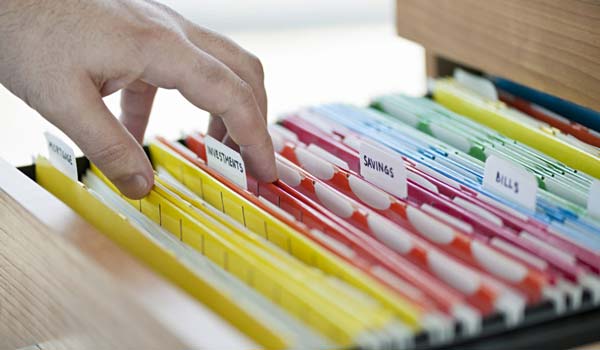The Ultimate Guide to Gantt Charts for Undergraduate Research Project Management
Are you an undergraduate student diving into the world of research projects? Feeling overwhelmed by the prospect of managing your project effectively? Don't fret! In this comprehensive guide, we'll explore how Gantt charts can revolutionize the way you manage your undergraduate research projects, helping you stay organized, focused, and on track to success.
Understand the basics: What is Gantt chart?
Before we explore into its application, let's start with the basics. A Gantt chart is a visual representation of a project schedule, displaying tasks, deadlines, and progress over time. Essentially, it's like a roadmap for your project, offering a clear overview of what needs to be done and when.
Why use Gantt chart for Undergraduate Research Projects?
Visual Clarity: As a student, you likely juggle multiple assignments and deadlines. Gantt charts provide a visual snapshot of your project timeline, making it easier to prioritize tasks and manage your time effectively.
Task Dependencies: Research projects often involve sequential tasks that depend on each other. With Gantt charts, you can identify dependencies and ensure that tasks are completed in the right order, minimizing delays and bottlenecks.
Deadline Management: Meeting deadlines is crucial in academia. Gantt charts allow you to set clear deadlines for each task and track progress in real-time, helping you stay accountable and avoid last-minute rushes.
Resource Allocation: Whether it's time, equipment, or personnel, resources are finite. Gantt charts enable you to allocate resources efficiently, ensuring that you have everything you need to complete your project successfully.
How to Create a Gantt Chart for Your Research Project:
Identify Tasks: Break down your research project into smaller, manageable tasks. These could include literature review, data collection, analysis, writing, and presentation.
Estimate Durations: Estimate the time required to complete each task realistically. Be sure to factor in any potential delays or obstacles that may arise.
Set Dependencies: Determine the sequence in which tasks need to be completed. Some tasks may be dependent on others, while others can be done simultaneously.
Create the Chart: Use a Gantt chart tool or software to create your chart. There are many free and user-friendly options available online, such as Microsoft Excel, Google Sheets, or specialized project management software.
Monitor and Update: Regularly monitor your progress against the Gantt chart and update it as needed. If tasks take longer than expected or priorities shift, adjust the schedule accordingly to keep your project on track.
Tips for Using Gantt Charts Effectively:
- Keep it simple: Stick to essential tasks and avoid overcrowding the chart with unnecessary details.
- Be realistic: Set achievable deadlines and allocate sufficient time for each task.
- Communicate: Share your Gantt chart with your supervisor or team members to keep everyone informed and aligned.
- Stay flexible: While Gantt charts provide structure, be prepared to adapt to changes and unforeseen circumstances



Comments
Post a Comment